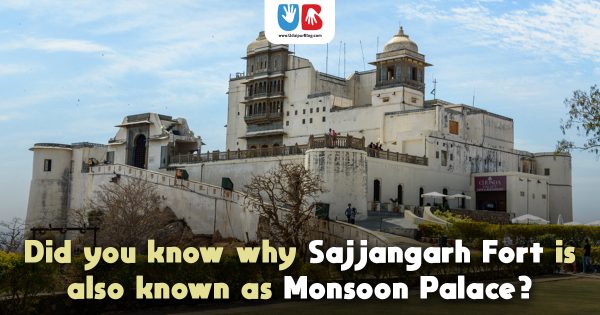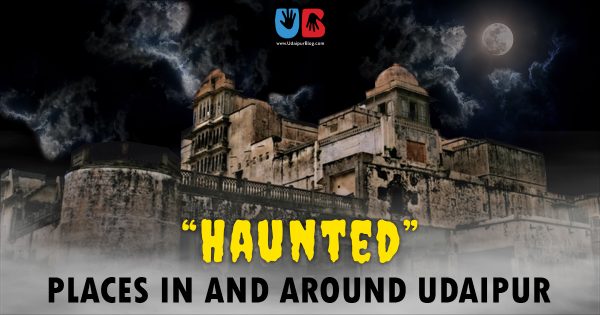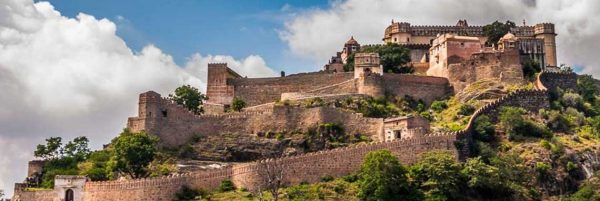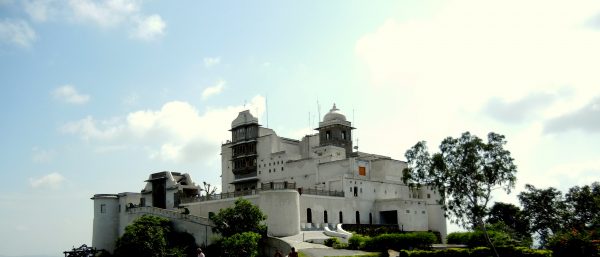Posted inPlaces to Visit
Sajjangarh Fort = Monsoon Palace
Embracing the majestic views and timeless charm of Sajjangarh Fort. History has never looked so stunning! The "Territory of the Ruling Elites" Rajasthan, is known for its numerous magnificent forts…



